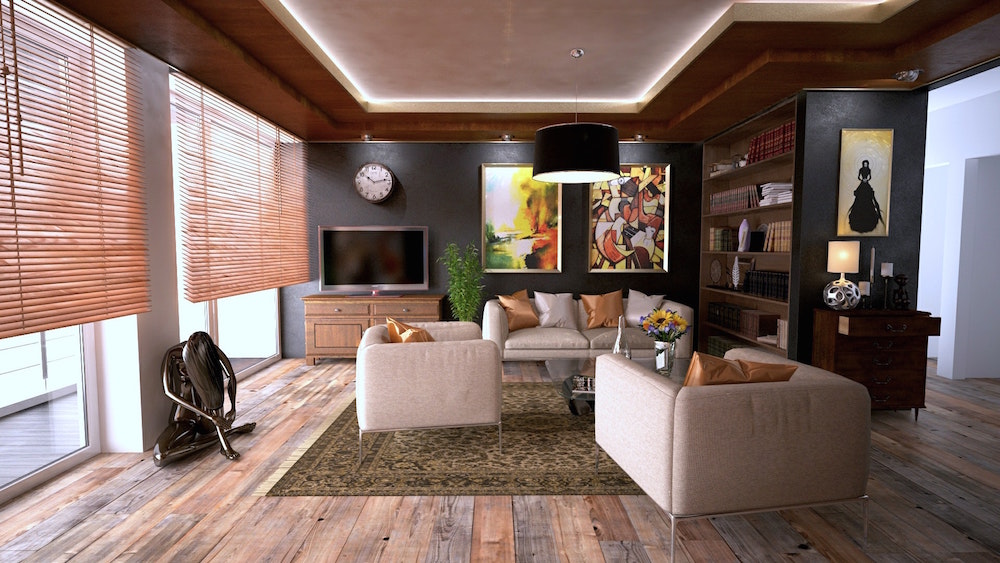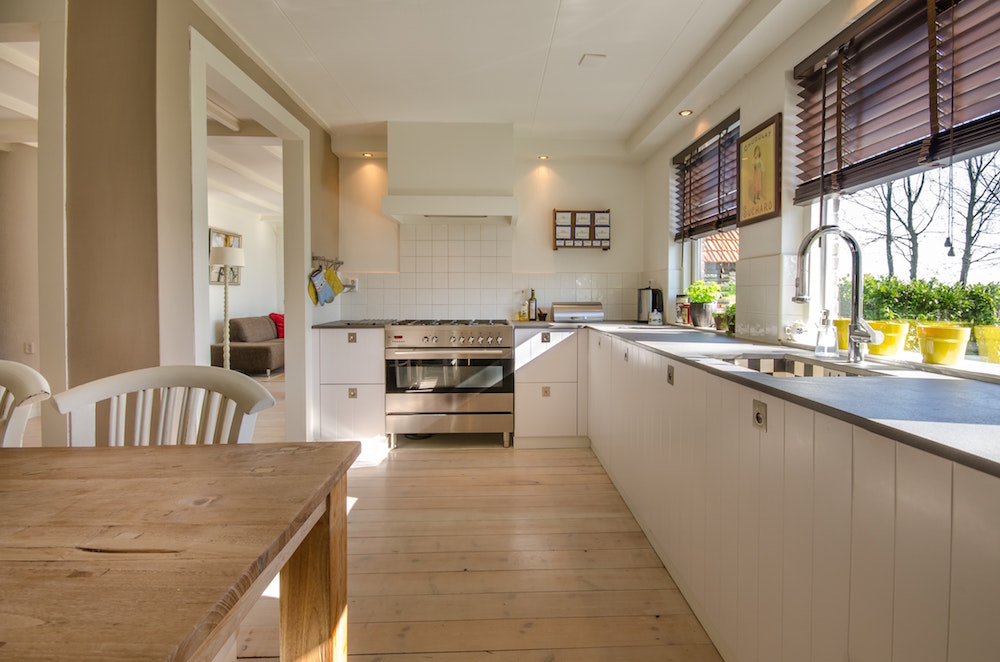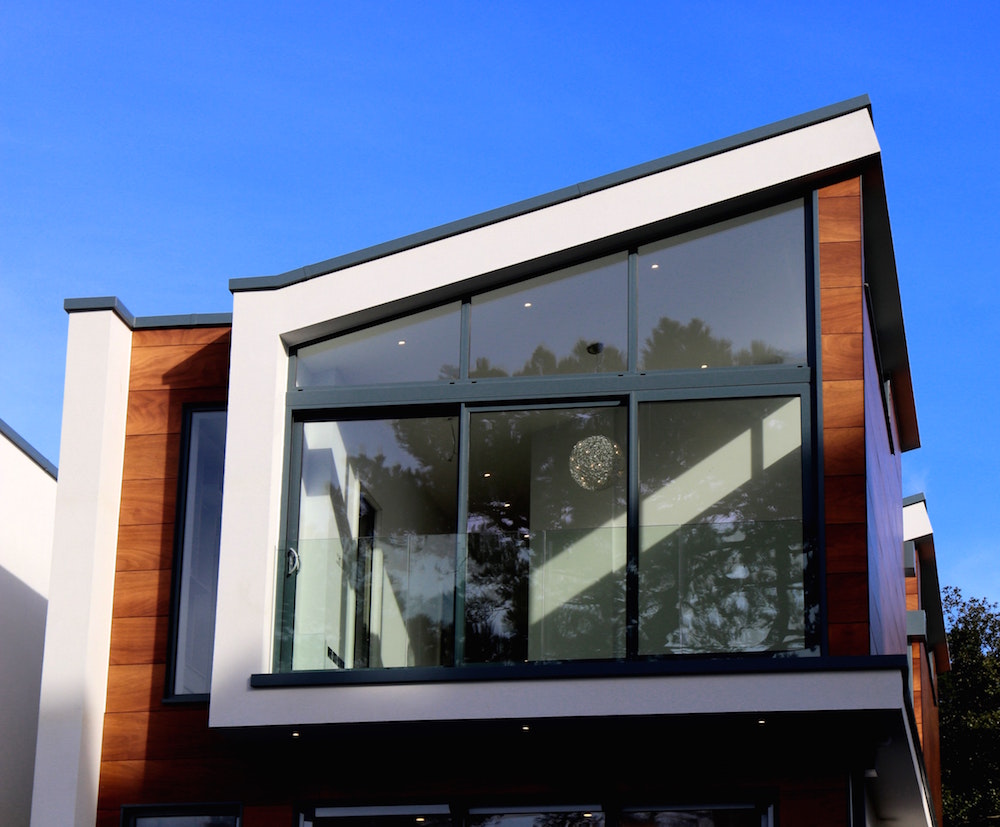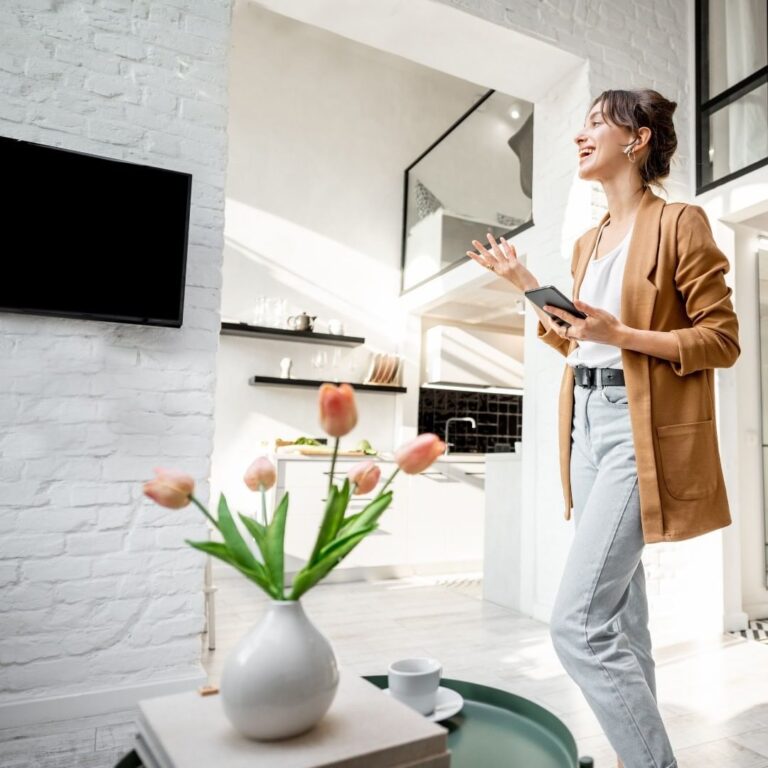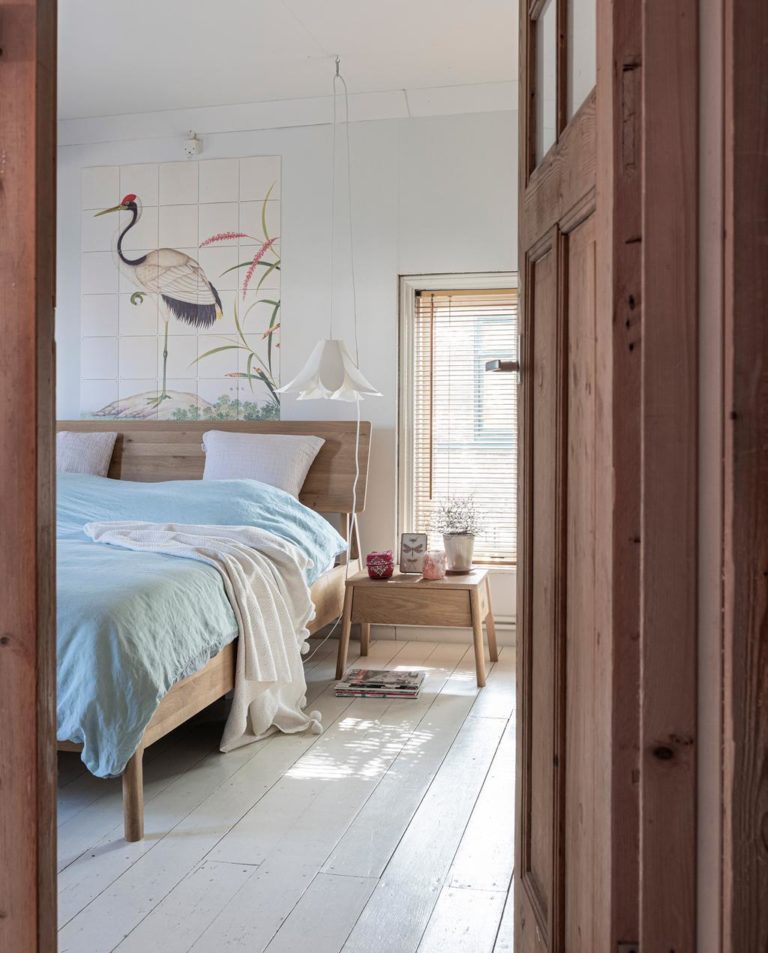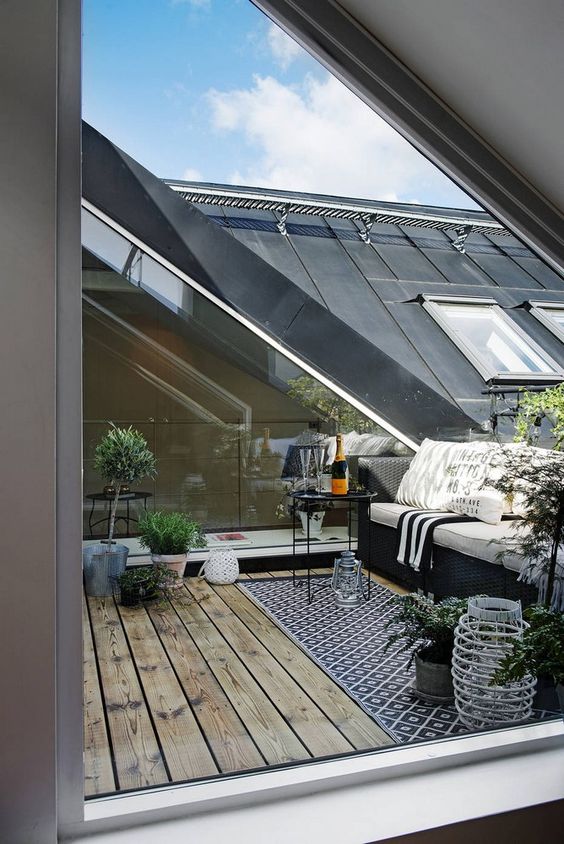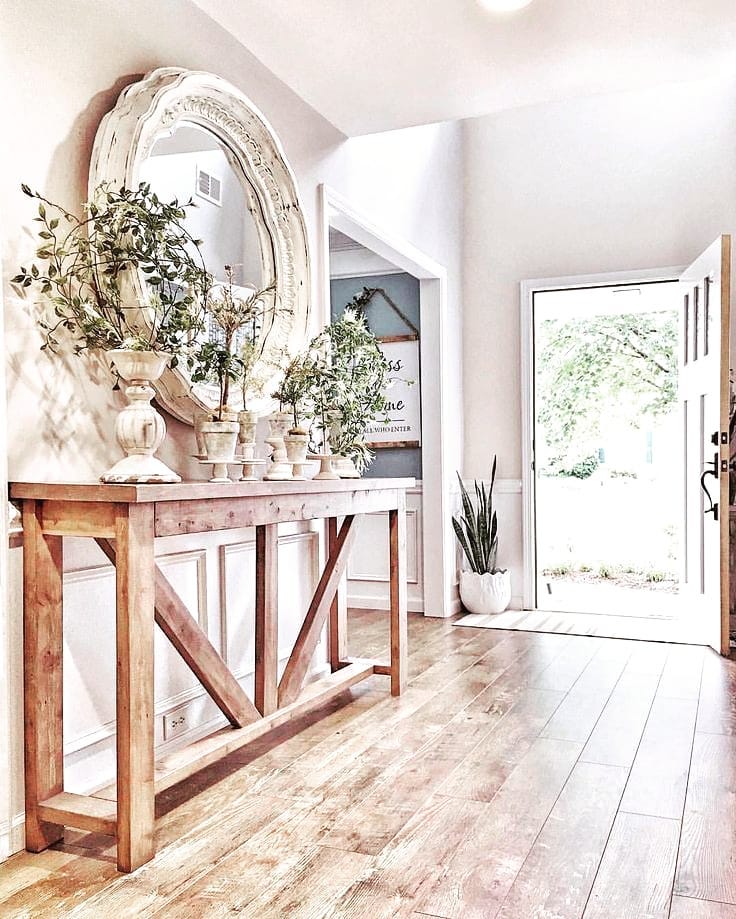Survive the Arizona Heat: 5 Easy Ways to Block Heat From Windows
It’s no surprise that Arizona gets really hot. Temperatures regularly go above 110 degrees every summer. In fact, the Grand Canyon State has two of the hottest cities in the US: Phoenix and Tucson.
Furthermore, Arizona’s Lake Havasu City has the highest average temperature in the entire US, where the temperature touches 96.4 degrees during summer, says AZ Central.
Sunlight heat can warm your house to intolerable levels, especially during the hot summer days. Instead of combating the uncomfortable indoor temperatures using fans and cooling systems, it’s time you learned how to prevent the sun’s heat from entering through the windows. You’ll not only save on energy bills but also reduce your domestic carbon footprint remarkably.
There are many ways you can improve your home overheating issues, including the following 5 ways to nail sunlight heat blocking. However, note that while some methods will be effective, a few may seem less aesthetically appealing.
That said, by comparing all the available options, from window blinds to bubble-wrapping, you will have a better understanding of what you want to achieve.
Without further ado, let’s show you the best ways you can block heat from windows!
#1. Window Shades to the Rescue!
Putting up high-quality window shades is the easiest way to beat solar overheating. While it won’t fix the problem entirely, it will definitely reduce the overall heat gain.
Image source:
There are several retractable products you can buy for your Tucson lifestyle. For instance, the Tucson Rolling Shutters & Screens offers the highest quality window shades, screens, and rolling shutters installations in Arizona to give you added privacy and protection from both insects and the heat.
It can be a perfect DIY solution since you’re able to install them all by yourself. But remember to pick the most suitable window shades and install them closer to the glass for maximum effect.
Honeycomb or cellular shades are usually the most beneficial for heat resolving purposes. They help trap air, diminishing the solar heat increase. You may also want to add sidetracks to the shades. This way, they sit somewhat closer to your window, blocking out even more heat.
Don’t forget about the color you pick. A lighter color like beige or white will help reflect the sun’s rays better.
Remember one thing, though; depending upon your interior color scheme, white honeycomb blinds could either look good or bad. To fix aesthetic issues, note that you can hang drapes at any time of the month.
#2. Blockout Panel or Roller Blinds May Be Effective
Another great way to block out the sun’s heat is to buy and install blackout blinds over the windows. Because they are opaque, blackout blinds don’t allow any light to pass through.
Similar to heat-blocking window shades, blackout blinds offer a decent amount of heat-blocking power— even more so when they are closer to the glass, have a reflective color, and are built from top-tier materials.
However, there’s a downside to using blackout blinds; they are built specifically to prevent the light, not so much the heat. Therefore, they are generally used for keeping the room dark.
Keep in mind that you’ll be giving up the natural light if you’re planning to use blackout panels or roller blinds to prevent solar heat from entering through windows. You win some, you lose some.
#3. External Shading Works Like a Charm
Another nifty trick you can implement is to build window shades externally. Depending on what method you opt for, you may have the opportunity to generate just the right amount of sunshade for yourself. However, you may want to consult a professional if you don’t have any previous experience with this kind of a DIY project.
Image source:
Trees and plants around your windows will help shade some sunlight and keep your outside space cooler. Plants will keep the air around them cooler as they lose water vapor.
Also, you can use eaves or awnings, installed over your windows from outside. This will reduce the level of solar heat that touches the window. Don’t forget to talk to an expert to ensure you are putting the external shading at the right angle to obtain the best possible results.
#4. Bubble Wrap Your Windows for Winter Warmth
If you desire a cost-effective solution and could care less about aesthetics, bubble wrapping your windows can provide ultimate winter warmth. It’s a perfectly doable option for those looking to block out the sunlight temporarily.
According to research, you can reduce up to 50% of heat loss by insulating single glazed windows with bubble wrap. It increases the insulating properties of your window by producing a layer of trapped air.
You need to wrap and seal the bubble wrap tightly around the glass to make sure it works perfectly. This ultra-cheap solution can further help in protecting your window from cold air, especially during the winter mornings. However, we wouldn’t recommend expecting a significant difference.
That said, if you’re looking for a quick fix today and don’t wish to break the bank, bubble wrap is here to serve you as a low-cost winter or summer insulation kit.
#5. Home Window Films for Reducing Heat
Ever considered using a heat-reducing plastic film? Well, it’s never too late!
You can buy an insulating plastic window film anywhere and attach it to your home windows. Just like the bubble wrap, when you apply window films to the inside of your glass, it forms a tiny air space.
Again, these tactics won’t promote a big difference, but if one can get enough films to cover all the windows, the odds of blocking solar heat will be higher. And the best part is that you won’t have to sacrifice the natural light.


